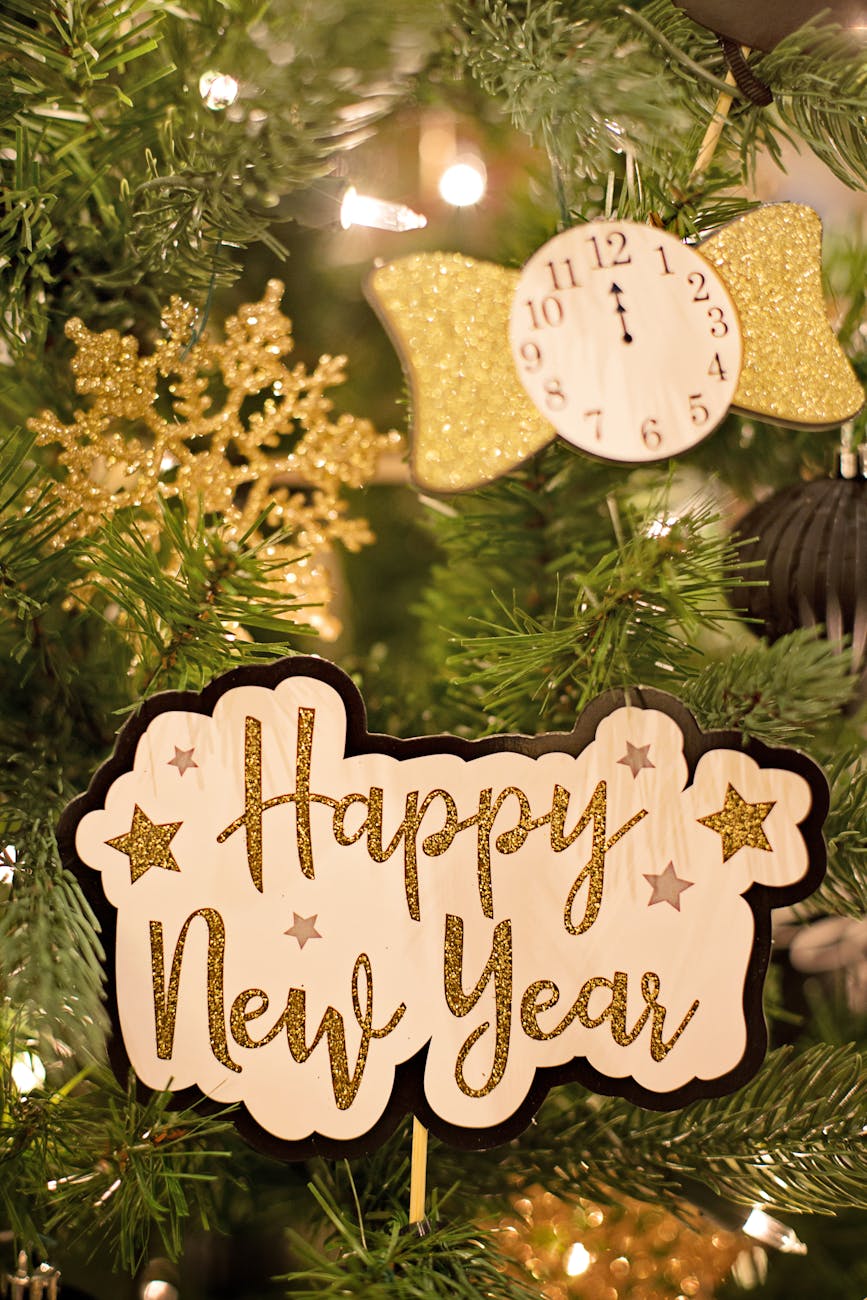New Year’s Day is celebrated worldwide as a time of reflection, renewal, and new beginnings. Occurring on January 1, this holiday marks the start of the calendar year and is a time when people from all cultures, beliefs, and backgrounds come together to bid farewell to the old year and welcome the possibilities of the year ahead. With festive traditions, gatherings, resolutions, and symbolic acts, New Year’s is a powerful time to reset, reflect, and embrace hope.

The History of New Year’s Day
The celebration of New Year’s Day dates back to ancient Babylon around 2000 B.C., where the new year was celebrated during the spring equinox. Later, in 46 B.C., Julius Caesar established January 1 as the start of the new year with the Julian calendar, naming the month after Janus, the Roman god of beginnings and transitions. Janus is often depicted with two faces—one looking back at the past and the other looking forward to the future—making him a fitting symbol for New Year’s.
Over the centuries, January 1 became widely recognized as New Year’s Day across cultures, with each region incorporating unique customs to mark the occasion.
New Year’s Eve: Bidding Farewell to the Old Year
The anticipation of the new year begins on New Year’s Eve (December 31), a night filled with traditions to celebrate the closing of one chapter and the opening of another. Here are some common New Year’s Eve traditions around the world:
- Countdown Parties: People gather for countdowns in public squares, homes, and restaurants, counting down the final seconds of the year and toasting with friends and family at midnight.
- Fireworks Displays: Fireworks light up the skies across major cities worldwide, symbolizing the excitement and energy of new beginnings. The stunning displays, from Sydney Harbor to New York’s Times Square, attract millions of viewers.
- Ball Drop in Times Square: One of the most famous New Year’s Eve traditions is the ball drop in Times Square, New York City. Since 1907, the ball has descended from a flagpole at the stroke of midnight, watched by millions in person and on television.
- Midnight Toast: Champagne and sparkling wine are common drinks for the New Year’s Eve midnight toast, symbolizing celebration and abundance. Many people clink glasses to share their hopes and wishes for the year ahead.
New Year’s Day Traditions
On New Year’s Day, families and friends often celebrate with brunches, parades, and gatherings. Traditions vary by country, with each culture embracing unique customs to bring good luck, happiness, and prosperity in the coming year.
1. Making New Year’s Resolutions
One of the most universal traditions is making New Year’s resolutions. Resolutions are personal goals set to improve various aspects of life, such as health, career, relationships, or personal growth. Some popular resolutions include:
- Improving fitness and health (e.g., eating healthier, exercising regularly)
- Learning new skills or taking up a new hobby
- Traveling more or expanding experiences
- Saving money or achieving financial goals
- Strengthening relationships or building better habits
Resolutions provide motivation and a sense of direction, giving people a fresh start and a focus for the year ahead.
2. Traditional Foods for Good Luck
Many cultures believe that specific foods eaten on New Year’s Day can bring good luck, prosperity, and health in the year to come:
- Black-eyed peas and collard greens (U.S. Southern tradition): Eating these foods is thought to bring luck and wealth.
- 12 Grapes at Midnight (Spain): In Spain and many Latin American countries, people eat 12 grapes at the stroke of midnight—one for each chime of the clock. Each grape represents a month, and eating them quickly is thought to bring good fortune.
- Soba Noodles (Japan): Eating long soba noodles, called “toshikoshi soba,” symbolizes longevity and resilience.
- Lentils (Italy and Brazil): Lentils are eaten in many countries as a symbol of wealth and abundance, as their round shape resembles coins.
3. Parades and Festivals
Many places celebrate New Year’s Day with parades and festivals that bring communities together:
- Rose Parade (Pasadena, California): The annual Rose Parade features floats decorated with thousands of flowers, along with marching bands and equestrian units. The parade is a festive tradition to kick off the new year.
- Hatsumode (Japan): Japanese families visit Shinto shrines for Hatsumode, the first shrine visit of the year, to pray for health and good fortune.
- Día de San Silvestre (South America): Celebrated on December 31, Día de San Silvestre is marked by colorful street festivals, music, and dancing, particularly in Brazil and Ecuador.
4. Symbolic Cleansing and House Preparations
In many cultures, cleaning the house or getting rid of old items is thought to clear out negative energy and create a welcoming space for good fortune:
- China and Taiwan: Though traditionally part of Lunar New Year celebrations, many Chinese communities do a New Year cleaning, sweeping away bad luck from the previous year.
- Denmark: Danes smash old plates against friends’ doors as a way of symbolizing new beginnings and warding off bad energy.
- Scotland’s First-Footing: Known as “first-footing,” Scots believe that the first person to enter their home after midnight should bring gifts (like coal, shortbread, or whiskey) to ensure prosperity and warmth.
New Year’s Around the World
Different countries celebrate New Year’s in their own unique ways, adding a multicultural flair to the festivities:
- Scotland – Hogmanay: Scots celebrate Hogmanay, a lively festival with torchlight parades, fireworks, and traditional music. First-footing is an important tradition, as well as singing “Auld Lang Syne,” a song about friendship and memories.
- Brazil – White Clothing and Sea Offerings: In Brazil, people wear white for peace and prosperity, and they often head to the beach to jump over seven waves and make wishes for the new year.
- Greece – Vasilopita Cake: Greeks bake a cake called Vasilopita with a coin hidden inside. The person who finds the coin in their slice is believed to have good luck in the year ahead.
- Philippines – Round Fruits and Coins: Filipinos display round fruits on New Year’s Day to symbolize prosperity, and children jump at midnight to grow taller in the coming year.
New Year’s Resolutions: Reflecting and Setting Goals
Many people take time at the start of the new year to reflect on the previous year, celebrating their achievements and acknowledging areas for growth. This period of reflection often inspires New Year’s resolutions, a practice rooted in the idea of self-improvement and renewal. Though resolutions can vary, they provide a structured way for people to focus on positive changes.
Symbolism and Reflections for the New Year
New Year’s is a time to look forward with hope, optimism, and positivity. The traditions associated with this holiday embody the desire for fresh starts and new possibilities. Whether it’s through fireworks lighting up the sky, the sharing of wishes and toasts, or the setting of personal goals, New Year’s Day symbolizes the opportunity for growth, connection, and positive change.
Conclusion
New Year’s celebrations bring people together in a spirit of joy, reflection, and anticipation. No matter where or how it’s celebrated, the essence of New Year’s is about embracing the future with hope and gratitude. As we look forward to the year ahead, may we carry the warmth, motivation, and inspiration of this holiday with us, making each day count. Happy New Year! 🎉








